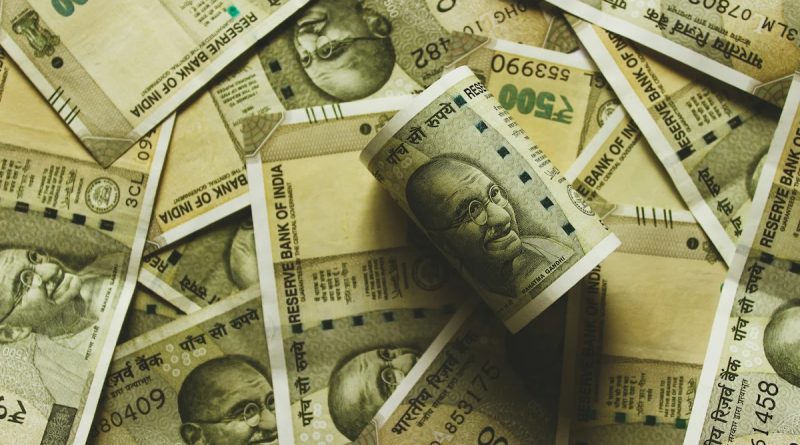User Sparks Online Debate by Claiming Anything Under Rs 60 Lakh is Considered Poor
New Tax Regime Excitement
Finance Minister Nirmala Sitharaman recently announced in her budget speech that taxpayers with salaries up to Rs 12 lakh would not be required to pay tax in the new tax regime. This news sparked excitement across the internet, with many people sharing memes and discussing the implications of the new tax slabs.
Viral Post on Income Inequality
Following the announcement, a post by a user, referred to as X, went viral as it highlighted income inequality in India. The post criticized individuals with salaries over Rs 12 lakh for not celebrating salary hikes and pointed out the disparity between different income brackets in the country.
Online Discussion on Wealth Classification
In response to X’s post, a fintech enthusiast shared their perspective on wealth classification in India. The user argued that anything less than Rs 60 lakh per annum could be considered "poor" due to the high taxes individuals have to pay. They further categorized income levels, stating that those earning between 60 lakh to 1 crore are middle class, while those above 1 crore are upper middle class.
Debate on Social Media
The fintech enthusiast’s comments sparked a heated debate online, with users sharing their opinions on wealth, income, and taxation. Some users agreed with the classification provided, while others criticized it, suggesting that the definition of "rich" and "middle class" is subjective and varies based on individual circumstances.
Diverse Perspectives
The online discussion also brought out diverse perspectives on wealth and income in India. Some users argued that wealth, not just income, should be considered when categorizing individuals, while others emphasized the importance of looking at overall financial portfolios and assets.
Conclusion
As the debate continues on social media platforms, it is evident that perceptions of wealth, income, and class distinctions vary among individuals. The discussion highlights the complexity of economic disparities in India and the need for a nuanced understanding of financial status beyond just salary figures.

